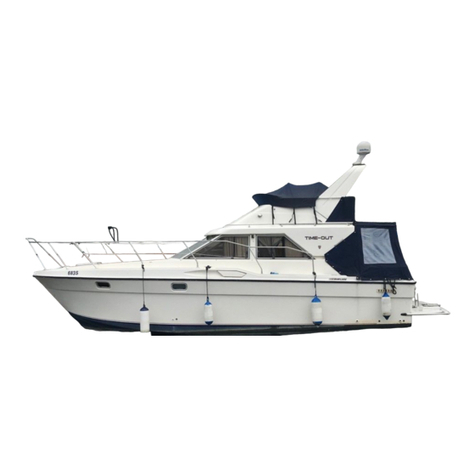Introduction
This manual has been compiled to help you to operate your craft with safety and pleasure. It contains
details of the craft; the equipment supplied or fitted, its systems and information on their operation.
Please read it carefully and familiarise yourself with the craft before using it.
This owner’s manual is not an instruction manual on boating safety or seamanship. If this is your first
craft, or if you are changing to a type of craft you are not familiar with, for your own comfort and
safety, please ensure that you obtain handling and operating experience before assuming command
of the craft. Your dealer, national federation or club will be pleased to advise you of local sea schools,
or competent instructors.
This owner’s manual is not a detailed maintenance or trouble shooting guide. Every effort has been
made to ensure that the information is accurate, and the advice is given in good faith, but no liability
can be accepted for the consequences of any omission or error. In the case of difficulty, refer to the
boat builder or his representative. Where specific maintenance manuals are provided, ensure they are
used for the crafts operation and maintenance. These manuals are stored in the containers shown in
the image opposite
Always use trained and competent people for maintenance, fixing or modifications. Modifications that
may affect the safety characteristics of the craft shall be assessed, executed and documented by
competent people. The boat builder cannot be held responsible for modifications that he has not
approved.





























